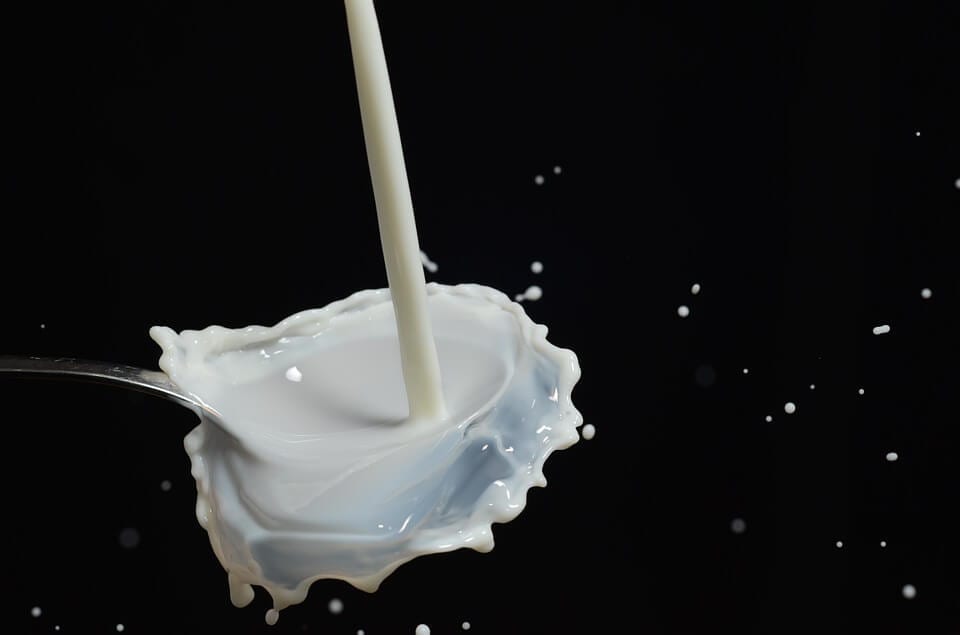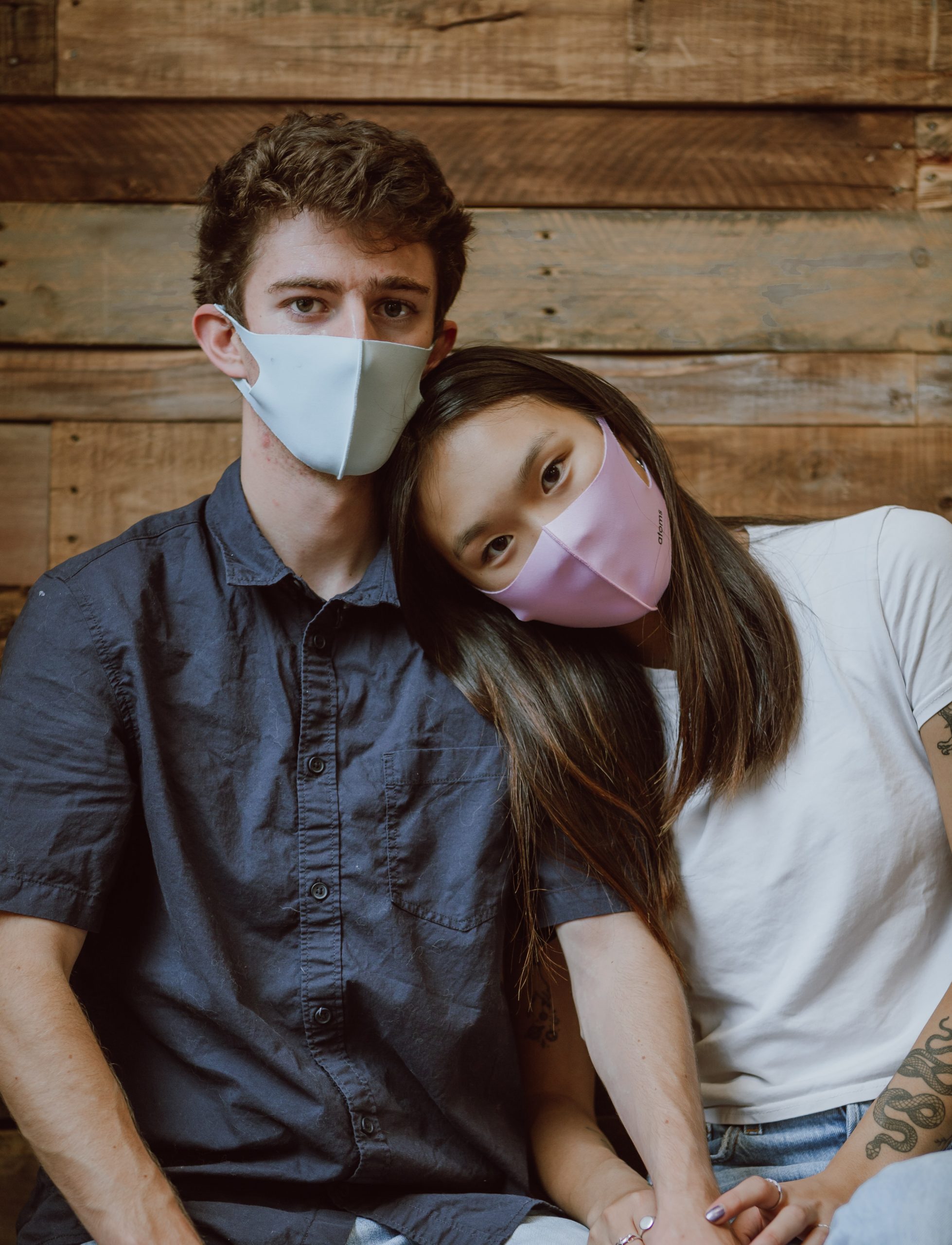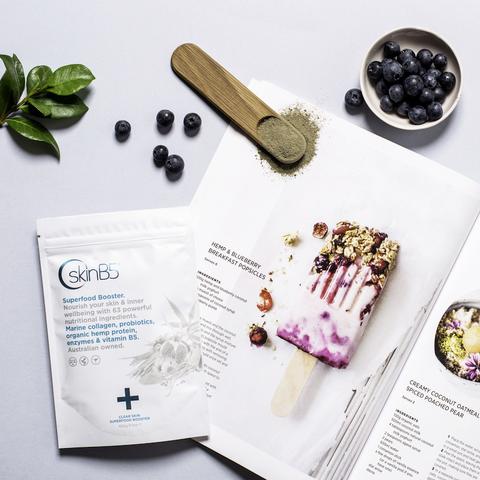There is always a question as to whether what we eat can contribute to acne. The research says that certain foods can undoubtedly be a contributing factor to breakouts, particularly the foods in a typical Western diet (Melnick, 2012). Subsequently, milk and dairy products have been discussed in many scientific papers regarding nutritional-based approaches to understanding acne.
Milk has been shown to increase the insulin-like growth factor-1 (IGF-1) and this combined with the naturally occurring steroid hormones in milk (5alpha-pregnanedione which is a precursor to dihydrotestosterone) provides quite a whammy for the sebaceous glands (Danby, 2009). Increasing IGF-1 will increase oil production, and leads to more blocked pores & breakouts!
Studies have also shown a higher link between the consumption of skim milk and acne, when compared to full cream milk. This is likely due to the higher amount of sugar (lactose) in the milk which can be another contributing factor.
Thankfully there are many other alternatives to cow’s milk, which are easy to transition to. Coconut, almond, rice and soy milks are all dairy-free alternatives, with coconut & almond milks being the best alternative for acne sufferers. Keep in mind that many dairy-alternatives have added sugar in the ingredients, so it is always best to look for the ‘unsweetened’ versions. If you are finding it hard to switch over then try going half-half, and keep decreasing your cow’s milk until you’ve reached a point where you’re having a very minimal amount, then cut it out altogether.
For cheese alternatives, cashew cheese is a fabulous option to buy or make at home yourself. Dairy-free protein powders can be found in either pea or rice proteins, and can be much more suitable than a whey-based protein powder for acne sufferers. In my opinion, the best dairy-free yoghurt alternative on the market is coconut yoghurt, which can be found in different flavours at many health food stores.
Many people are concerned about the loss of Calcium from not consuming dairy products. You’ll be pleased to know that most dairy-alternatives are fortified with Calcium, and there are many other sources in the diet. These include: bony fish; eggs; almonds; tahini and leafy greens. It is always important to focus on getting sufficient Vitamin D, Vitamin K & Magnesium to assist in transporting & using your Calcium also.
Cutting out dairy is likely to be a major turning-point for acne sufferers. It can significantly reduce the contributing factors to acne lesions and greatly improve the results of nutritional supplementation. Remember to keep the skin hydrated with your SkinB5 Acne Control Moisturiser to effectively moisturise the skin and help balance the sebum, and after only a couple of weeks of cutting out dairy many people notice a very big difference!

Haley is a passionate Naturopath & nutrition expert, writer, and mum of 2 young children, with years of experience in the industry. She is a known as a real ‘nutrition nerd’ and follows the latest natural health research. As a Paleo and raw food enthusiast, she coaches people in healthy living, beauty and positive mindset. Haley has personally experienced the benefits of the SkinB5 natural acne treatment system and is happy to offer her guidance to help others regain clear skin. Follow her blog at www.aliveinwonderland.com & link with her on facebook at www.facebook.com/aliveinwonderlandhealth








Leave A Comment